Explore the Unique Handicrafts Exclusive to Sri Lanka.
Arts and crafts deeply embody the rich cultural and historic essence of Sri Lanka. The country is celebrated for its diverse handicrafts, ranging from exquisite gem works and traditional mask making to pottery, sculpting, and intricate lace crafting. Other specialties include lacquer work and vibrant batik designs. These crafts are not only perfect as cherished mementos but also make thoughtful gifts for friends and family. For an immersive experience, consider adding an Arts & Crafts tour to your Sri Lanka itinerary. Witnessing the meticulous process behind these iconic creations firsthand is a must-do to complete any visit to Sri Lanka.
Remember, these handicrafts aren’t just souvenirs; they carry stories of generations and the soul of Sri Lanka itself.
Sri Lankan Masks: A Cultural Emblem
Sri Lankan masks are intricately linked to the island’s folklore, serving a vital role in various rituals and ceremonies. These masks feature prominently in devil dances, which are elaborate dance-drama performances narrating complex tales, carried out by skilled dancers and holy men. Key types include Raksha Masks for Raksha dances, Sanni Masks for healing rituals, and Kolam Masks, primarily used in theatrical performances.
Now symbolic of Sri Lankan heritage, these masks are commonly seen adorning local homes and are popular souvenirs for tourists due to their vibrant colors, unique shapes, and fascinating origins.
Ambalangoda, the epicenter of the mask-making industry, offers travelers a chance to explore roadside shops where these masks are skillfully carved and painted. This coastal town provides a window into the artistic traditions that continue to thrive in Sri Lanka.
Sri Lankan Laksha (Lacquer Work)
Lacquer work is a distinguished and intricate craft in Sri Lanka, cherished for centuries and embodying the island’s rich cultural heritage. This traditional art form, which began in central Sri Lanka, has now spread across the nation. Laksha, the wax used in this craft, is derived from insect larvae and is meticulously worked on by local artisans who employ both traditional and modern techniques. The vibrant designs created through nail work and lathe work can be seen in various items such as colorful walking sticks, decorative fan handles, bowls, vases, and other ornamental objects. These exquisite lacquer works are a top pick for travelers seeking authentic Sri Lankan souvenirs.
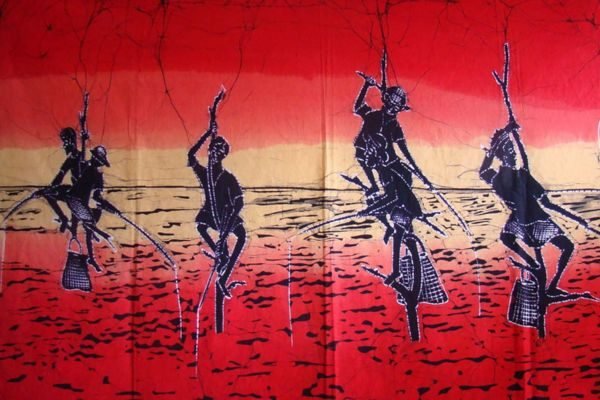
Sri Lankan Batik:
A Blend of Tradition and Modernity
Sri Lankan Batik is a craft rich in history and artistry, having established a unique niche within the island’s cultural tapestry. This technique involves wax-resist dyeing of fabric, a process where patterns are drawn in wax before the fabric is dyed, creating layers of color and intricate designs. Artisans often draw inspiration from local nature and historical themes, particularly those reflecting the grandeur of the Kandyan period. The versatility of Batik is showcased in its application across various textiles, making it popular in fashion for creating vibrant and eye-catching apparel like sarongs and beachwear. Each Batik item is a canvas that tells a story, marrying the past with the present through modern reinterpretations of traditional motifs.
Stone and Wood Carving/Statues in Sri Lanka
Stone and wood carving in Sri Lanka is a centuries-old craft, prominently visible throughout the island and deeply intertwined with the nation’s heritage. These traditional techniques produce a vast array of intricate and exquisite items crafted by skilled artisans. The diverse offerings include detailed ornaments and jewelry, figurines, sculptures, and statues, as well as functional items like lacquered vases, decorative boxes, and playful toys. Carved furniture and household ornaments are particularly prized, appealing widely to both locals and international visitors for their beauty and craftsmanship.
Sri Lankan Drums: A Rhythmic Heritage
In Sri Lanka, music pulsates at the heart of its culture, with traditional drums, known as ‘Bera’, playing a pivotal role. These drums are integral to the country’s rich traditions of rhythm and dance, resonating in every festival and celebration. Artisans skilled in drum-making are found in only a few locales such as Kurunegala, Hodiyadeniya in the Kandy district, and Hikkaduwa. Crafted from the wood of the Jack tree and covered with animal hide, these drums are products of meticulous and labor-intensive efforts, producing instruments that are not only visually appealing but also capable of producing the perfect sound.
Handloom Traditions in Sri Lanka
Historically, the art of handloom weaving in Sri Lanka was a prestigious craft designated for royalty and the higher castes, with specific villages dedicated to its practice. Today, this skill has been democratized and is a vibrant part of Sri Lankan culture, passed down through generations. Modern handloom products are cherished for their vivid colors and quality. The array of items includes everything from household decor like curtains and cushion covers to fashion such as saris and daily accessories like books and bags, celebrated for their artisanal charm.
Coir Industry in Sri Lanka
Coir, made from the fibrous husks of coconuts, has been a staple in Sri Lankan industry for years, traditionally spun by hand into rope before being woven into various products. This eco-friendly and biodegradable material forms the basis for a range of products including carpets, mats, brooms, and brushes. The handcrafted nature of these goods highlights the skill and tradition preserved by Sri Lankan artisans, making coir products both popular and environmentally sustainable.
Pottery: A Timeless Craft in Sri Lanka
Pottery remains one of Sri Lanka’s oldest and most cherished crafts, thriving even in the modern era of steel and plastic. Essential for both functional and ceremonial use, clay lamps are ubiquitous at religious shrines, while clay pots are favored in kitchens for their rustic appeal and flavor-enhancing qualities. In addition to these, terracotta figures and vases are also popular. Molagoda is renowned for its pottery, offering a plethora of choices for purchasing or creating your own clay masterpieces in traditional workshops
Sri Lankan Jewelry Making: A Legacy of Gems
Sri Lanka’s gem industry boasts a rich history spanning over 2,500 years, known globally for producing some of the world’s most exquisite gems. Jewelry making is deeply ingrained in the country’s cultural heritage, historically symbolizing royalty and privilege but now accessible to all. Renowned for high-quality craftsmanship, Sri Lankan jewelry meets international standards and enjoys global acclaim. Key regions like Rathnapura and the area around Sigiriya offer visitors firsthand experiences of gem mining and the opportunity to acquire beautifully crafted jewelry pieces.
Beeralu Lace: A Sri Lankan Treasure
Beeralu lace making is a pivotal aspect of Sri Lankan heritage, distinguished by the use of bobbins that lend it its name. This entirely handmade lace is celebrated for its intricate detailing, embodying a traditional weaving method. The craft is especially prevalent in the southern region of Sri Lanka, where the skillful manipulation of tools by artisans creates captivating patterns. Visitors to this area are often fascinated by the delicate process and may even have the chance to try their hand at lace making.













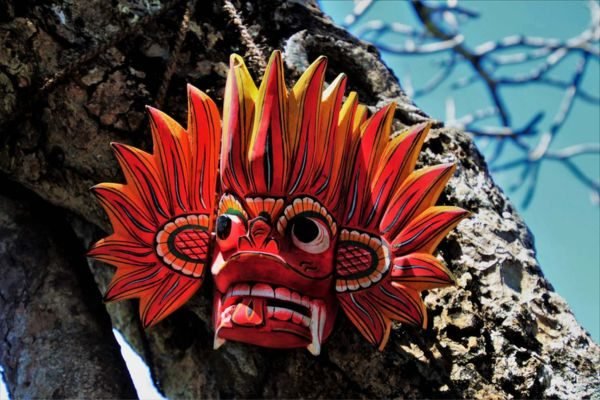
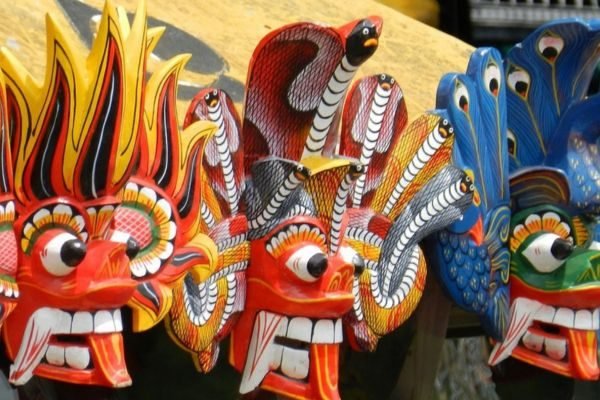
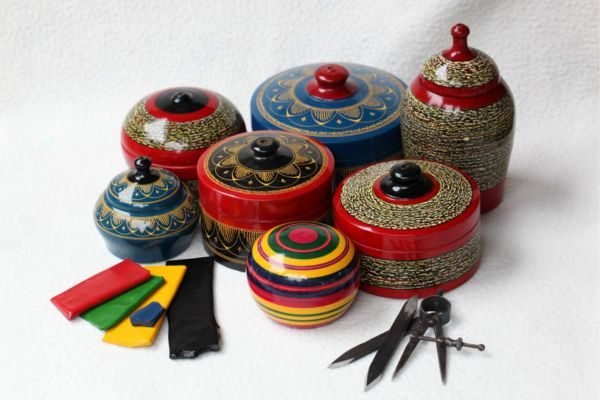
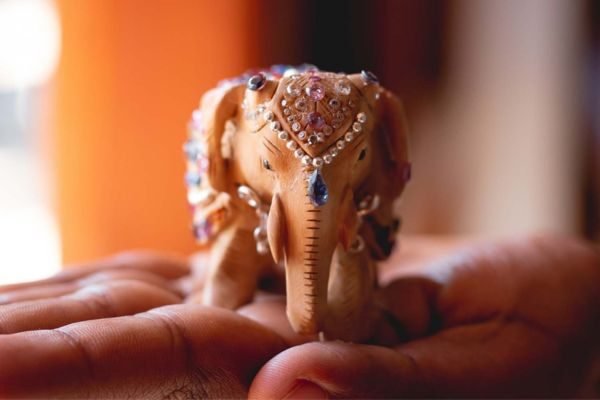
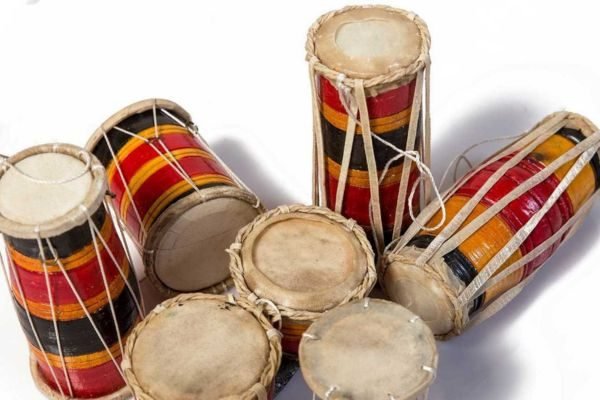




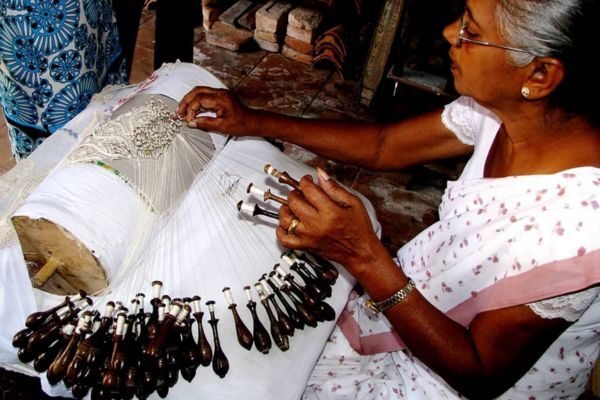
0 Comment